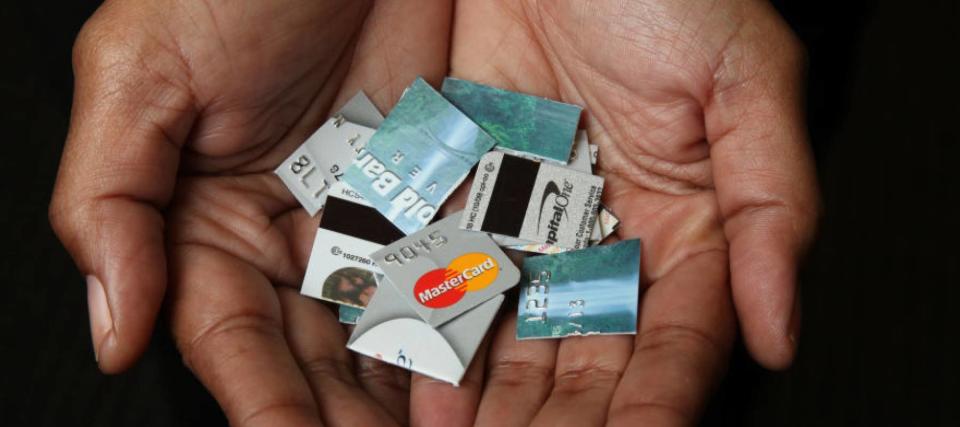Americans are falling behind on their credit card and auto loan payments as the cost of living continues to hit them where it hurts.
The rate of new credit card delinquencies hit 7.2% in the second quarter of 2023, passing pre-COVID levels, according to the New York Fed’s latest quarterly debt report. Meanwhile, the rate of new auto loan delinquencies hit 7.3% in the same period, also above pre-pandemic levels.
Don’t miss
“Americans are beginning to borrow money they can’t afford to pay back,” The Kobeissi Letter, a capital markets analysis publication, recently posted on X, formerly known as Twitter.
Expensive debt
The new N.Y. Fed data shows credit card debt jumped by $45 billion to a record high of $1.03 trillion in the second quarter of this year — some proof that Americans are using credit cards to cope with inflation and the rising cost of living.
The Fed’s 11 interest rate hikes over the last 18 months have made it exponentially more expensive to borrow money via credit cards, car loans, mortgages and other personal loans — potentially impacting the new delinquency rates.
The current average credit card APR is 24.37%, according to LendingTree data — the highest rate since the firm began tracking rates in 2019.
According to data from credit agency Transunion, the average credit card debt per consumer rose in Q2 to $5,947, up from $5,733 in Q1— and higher still than Q2 2022’s average of $5,270.
Read more: Millions of Americans are in massive debt in the face of rising rates. Here’s how to get your head above water ASAP
The average auto loan APR on used and new vehicles stood at 7.2% and 11.1% respectively, according to Edmunds. The Edmunds data also showed an increase in consumers who now have monthly car payments of $1000 or more across a number of states.
If you can’t keep up with your monthly payments when you borrow money, you could end up paying interest on your interest, and your debt can quickly spiral out of control — forcing you into delinquency or default.
Impending student loan stress
With student loan payments set to resume in October, millions of Americans may have an even harder time digging their way out of a growing pile of debt.
According to a June Consumer Financial Protection Bureau report, about 2.5 million student loan borrowers had at least one delinquent non-student loan as of March of this year — a delinquency rate that is also now higher than it was before the pandemic.
For those likely to resume student loan repayment in the fall, he median monthly payments on these non-student debt obligations have increased by 24%, according to the CFPB — with younger borrowers seeing their median monthly payments jump by as high as 252%, from $65 to $229.
If Americans borrow more money and rely on credit cards to maintain their spending levels, that could potentially drive delinquency rates even higher.
What to read next
This article provides information only and should not be construed as advice. It is provided without warranty of any kind.
Credit: Source link




